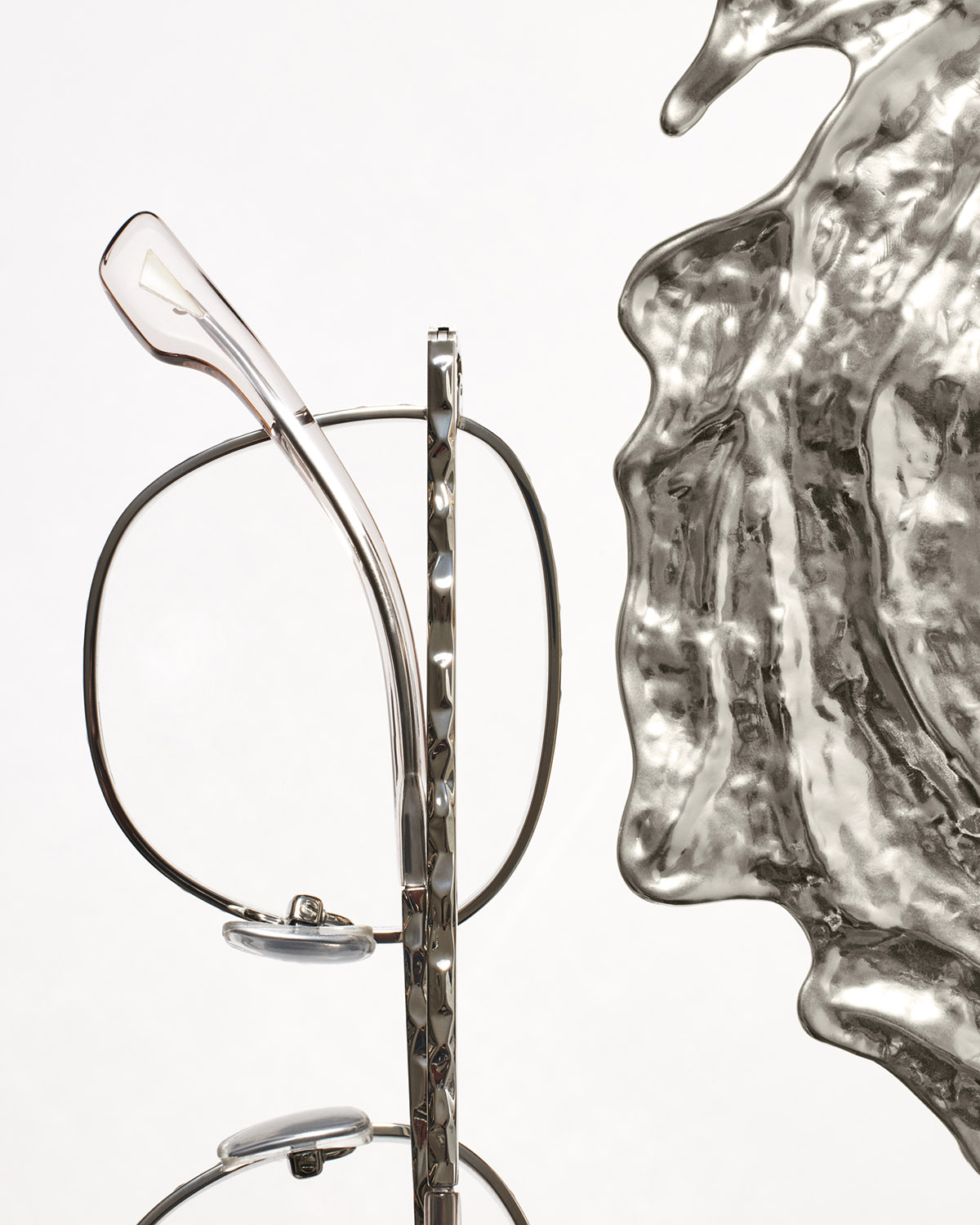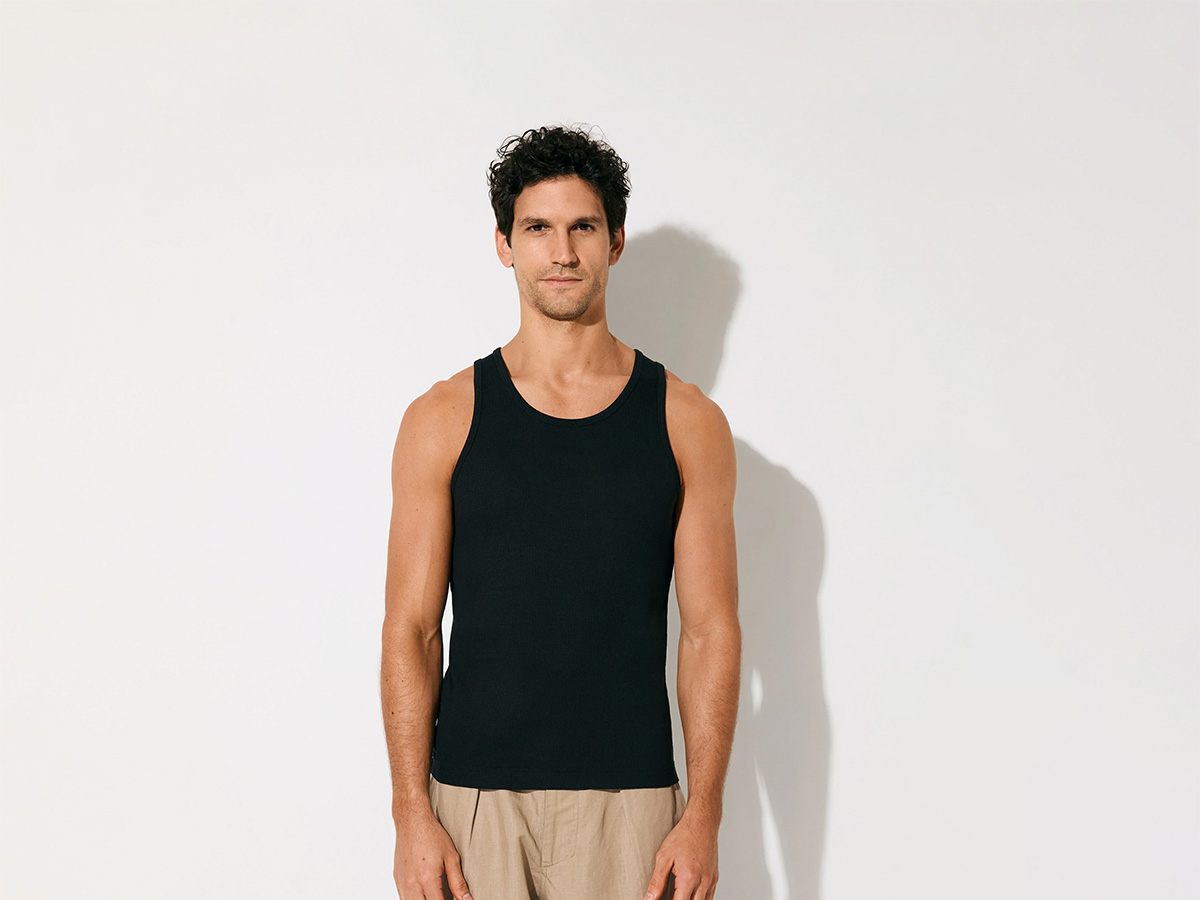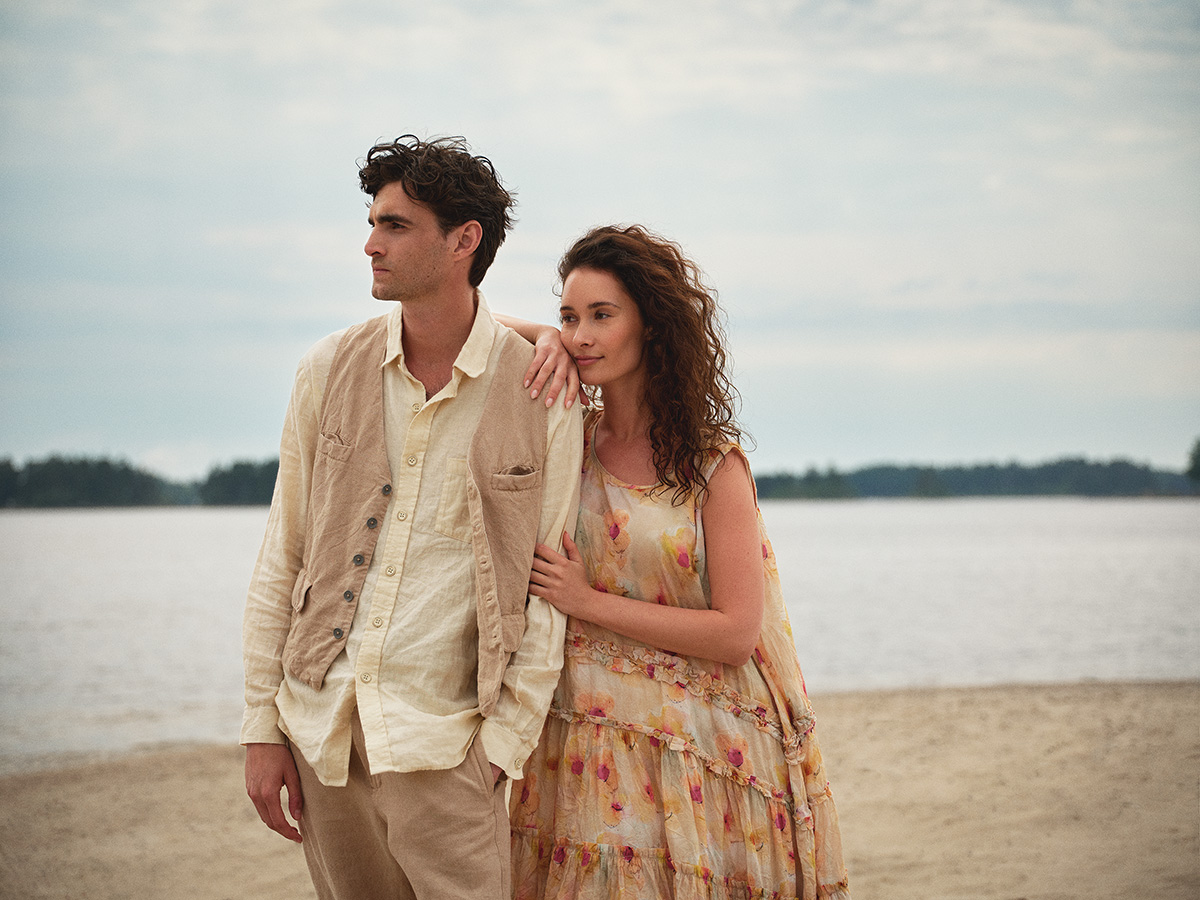Cashmere House
Text: Ingrid Opstad | Photos © Helmerfoto
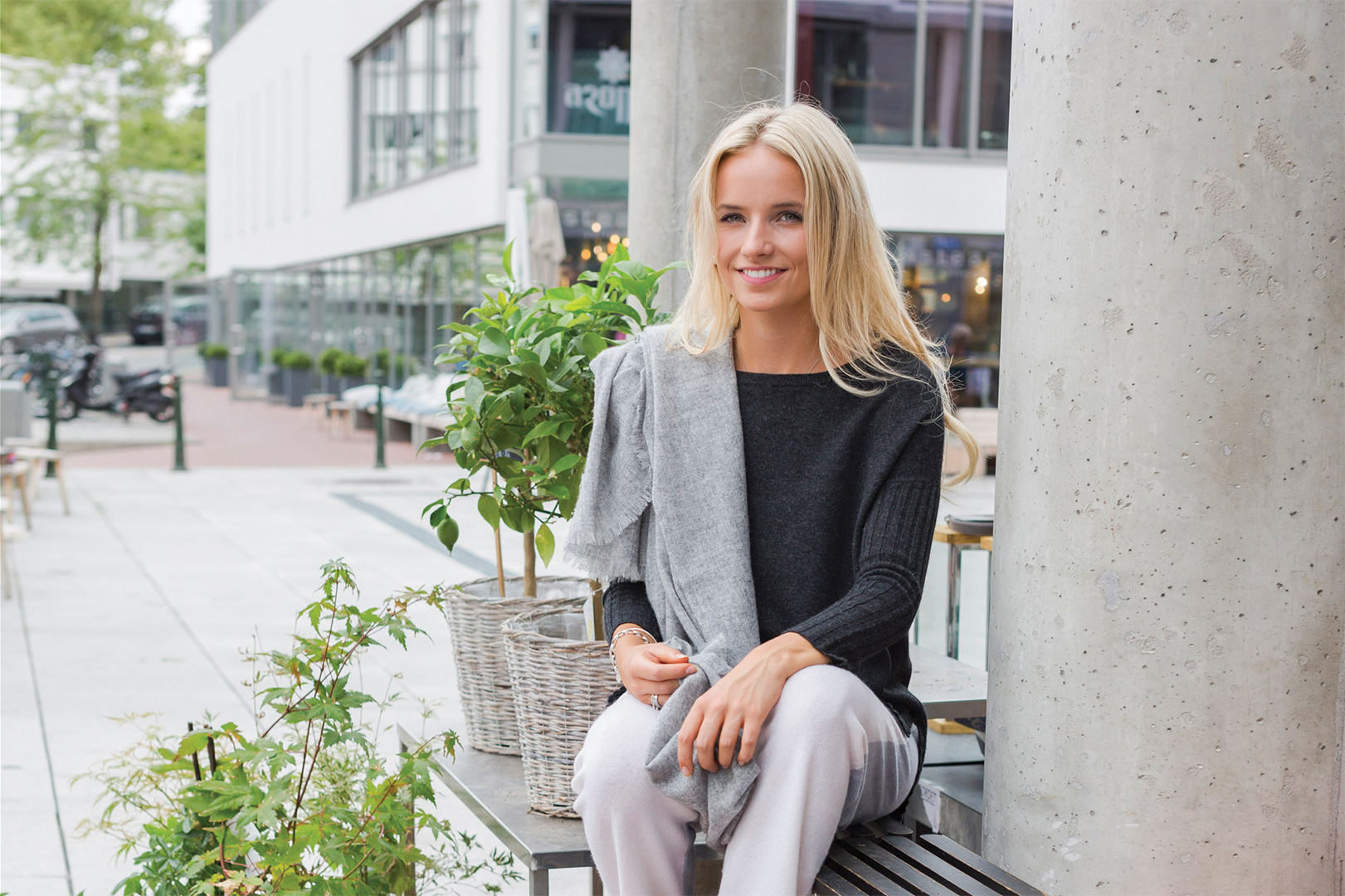
F ocusing exclusively on responsibly sourced, ethically manufactured, luxury, bespoke pieces, Cashmere House is today the largest importer of Mongolian cashmere into Norway. Located in Oslo, this family-run business provides exclusive cashmere garments and accessories to the Scandinavian market, all of which are lovingly manufactured in Mongolia, using only the finest quality pure Mongolian cashmere.
“In Mongolia, cashmere is the greatest pride and joy, and it’s something we are very fortunate to be able to bring to Scandinavia,” says Cashmere House owner Morten Minde. He started this small, family-owned business in 2010, with his wife Narangerel Molom.
“Since my wife is from Mongolia, we have a natural connection with the country, which creates a great export opportunity. We travel there several times each year and have personal relationships with the herders and the factories, and with their workers, who lovingly produce our pieces,” Minde explains. “Because of our unique relationship with these people, we also have the opportunity to choose from the best quality items produced each season. This gives our business the distinction it has, with many exclusive and unique garments that no one else in Norway can supply.” He adds that customers often are unaware of the exclusivity of cashmere. “It’s only when they put on a cashmere sweater and the customer can feel the quality that they get that ‘wow’ moment.”
Quality, not quantity
With a focus solely on Mongolian cashmere, quality and not quantity is the driving force at Norway’s Cashmere House, unlike in some other manufacturing countries. Mongolia is currently the second largest producer of Cashmere and produces around 30 per cent of the world’s total cashmere crop. “What very few people know, and something that is reflected in the price, is that cashmere is an extremely scarce product,” says Minde. “Annually, there are only about ten million pure cashmere garments produced in the world every year, mainly in China, Scotland and Italy, but these countries all use Mongolian cashmere, due to its unique characteristics.” He adds: “One goat will only produce enough pure cashmere to create two to three sweaters in its whole lifetime!”
Cashmere has several highly valued characteristics. “A garment can be up to eight times warmer than wool, yet, at the same time, feels easier to wear. The garment will feel warm when the temperature is cold and cool when it’s hot – perfect for the Scandinavian climate,” Minde points out.
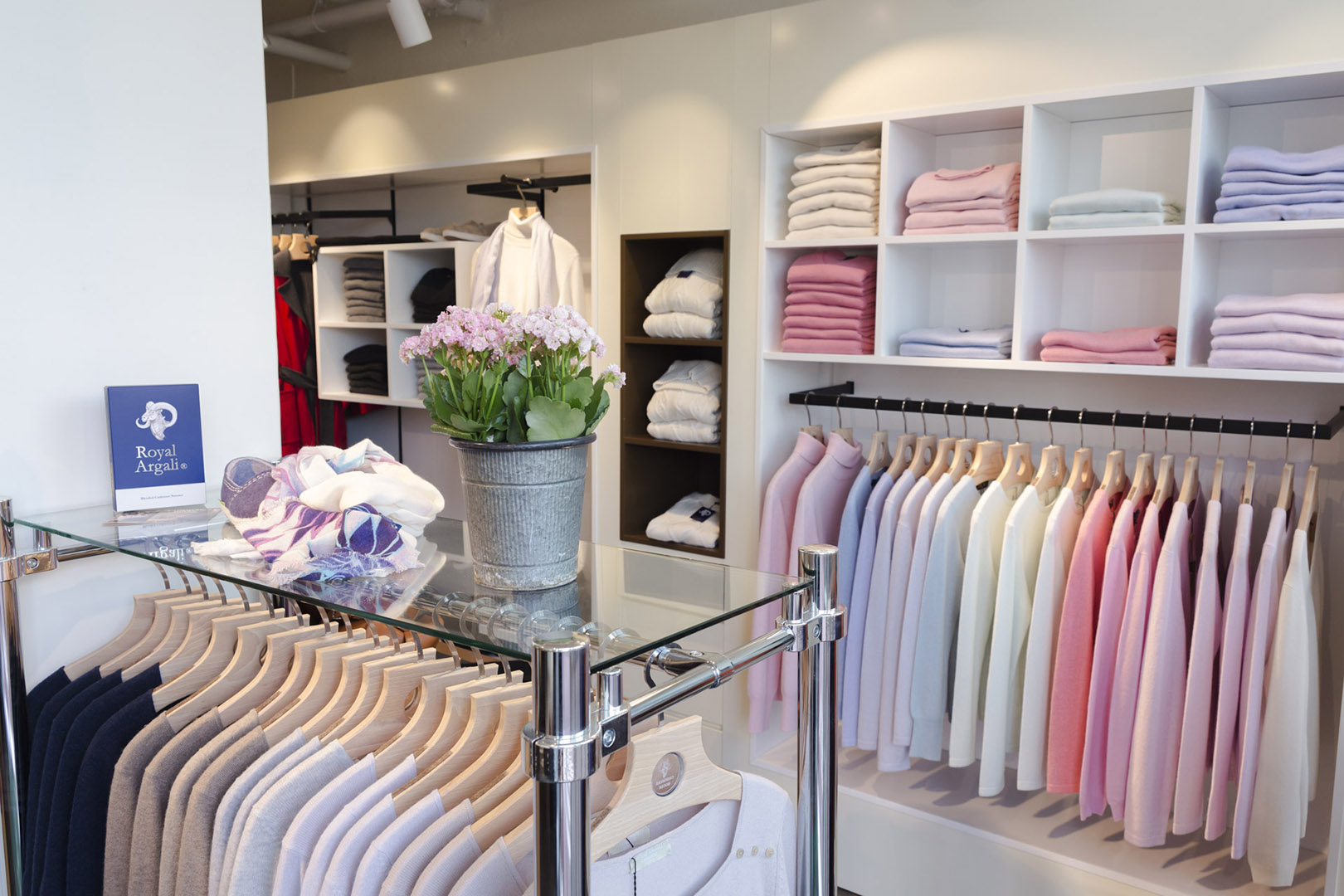
For the Scandinavian market
“A cashmere sweater, cardigan or scarf from our suppliers becomes a piece you will cherish for many years, if you treat it the best way. And it will only get softer and softer the more you use it,” Minde says, with a smile. He stresses the importance of only purchasing cashmere items of the best quality and explains that Mongolian cashmere is known for its exceptional quality, as well as for its strong, long fibres, which results in less pilling on the garments.
With exclusive design and limited collections, Cashmere House offers products with standardised sizes, created especially for the Scandinavian market. “Our team is working hard to find the best products, and our goal is to provide the very best quality and timeless design all year long,” Minde promises.
This winter’s new clothing collection focuses on gifts, combining quality with a sprinkle of the ultimate luxury from the cashmere world. Stop by the lovely shop at Bekkestua or at one of their pop-up stores. Alternatively, all items are available at the Cashmere House webshop.
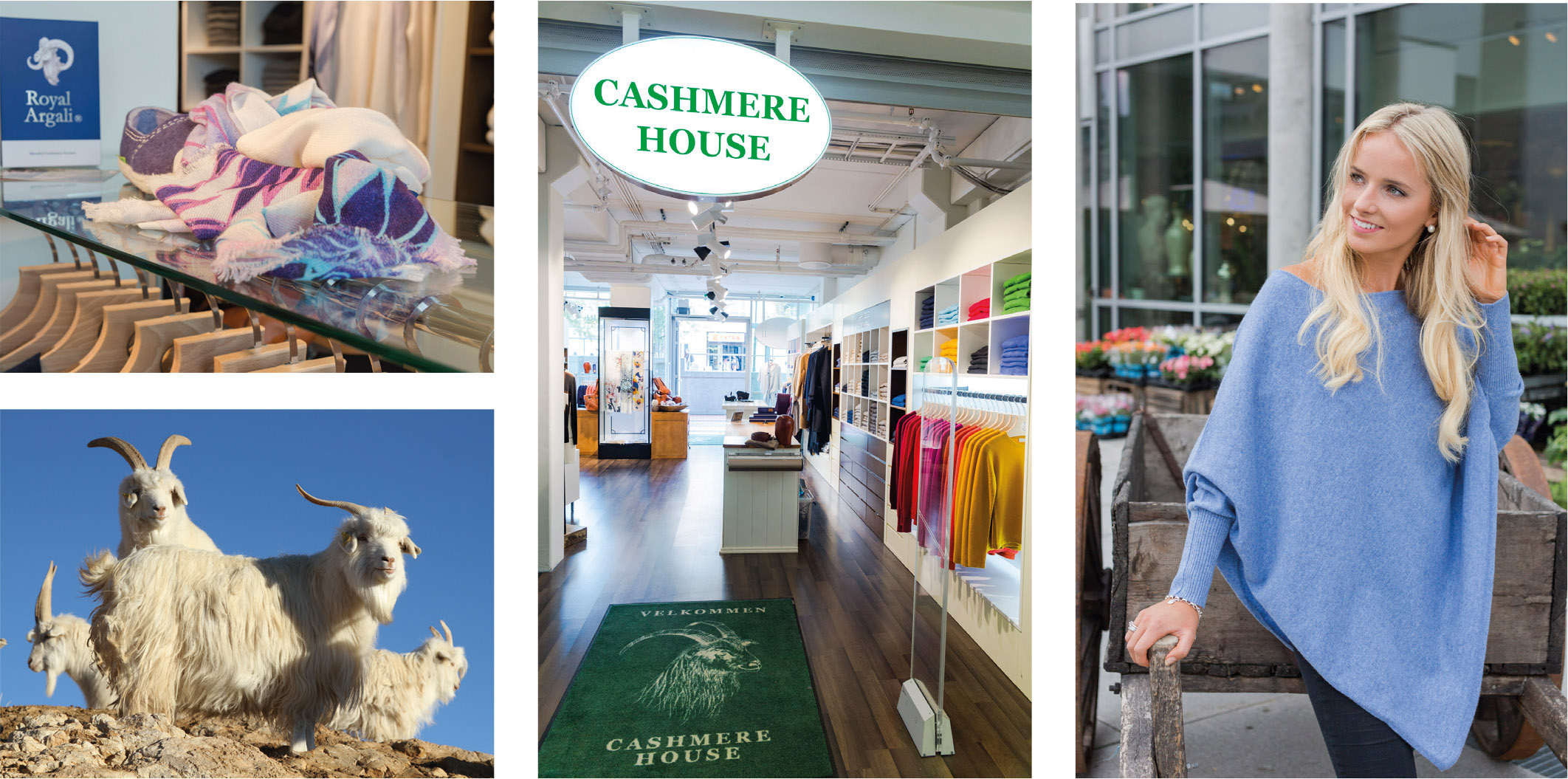
What is cashmere?
Cashmere is the fine fibre obtained from cashmere goats (Capra hircus laniger), which live only in central Asia. The cashmere fibre is gently removed from the goats using traditional hand-combing methods. Cashmere House cashmere is not cut or sheared using electrical clippers, which can stress and/or harm the animals. It is the undercoat of the goat that is used. This provides the perfect insulation for them during the extreme Mongolian winters, where it can be as cold as minus 50 degrees Celsius in the winters and over 40 degrees in summer. Here, only the strongest animals with the best quality of cashmere survive, and it is this cashmere that is used in Cashmere House’s production. Approximately 30 per cent of the world’s annual cashmere crop comes from Mongolia. Mongolian cashmere is characterised as the longest natural cashmere fibre in the world, and is also the warmest, due to Mongolia’s extreme climate.
How to care for cashmere?
Always follow the care instructions attached to each garment. Cashmere garments should be regularly washed at 30 degrees, using a non-biological detergent. If the item is washed too hot, the fibres may become broken and matted. This is called felting. A cashmere garment from Cashmere House should be washed regularly after use and dried flat at room temperature. When you have finished using your cashmere clothing for the season, it is important to keep items clean and to store them in a sealed container or bag to prevent insect damage.
Website: cashmerehouse.no Facebook: CashmereHouseNO Instagram: @CashmereHouse.NO Contact: nettbutikk@cashmerehouse.no
Subscribe to Our Newsletter
Receive our monthly newsletter by email


